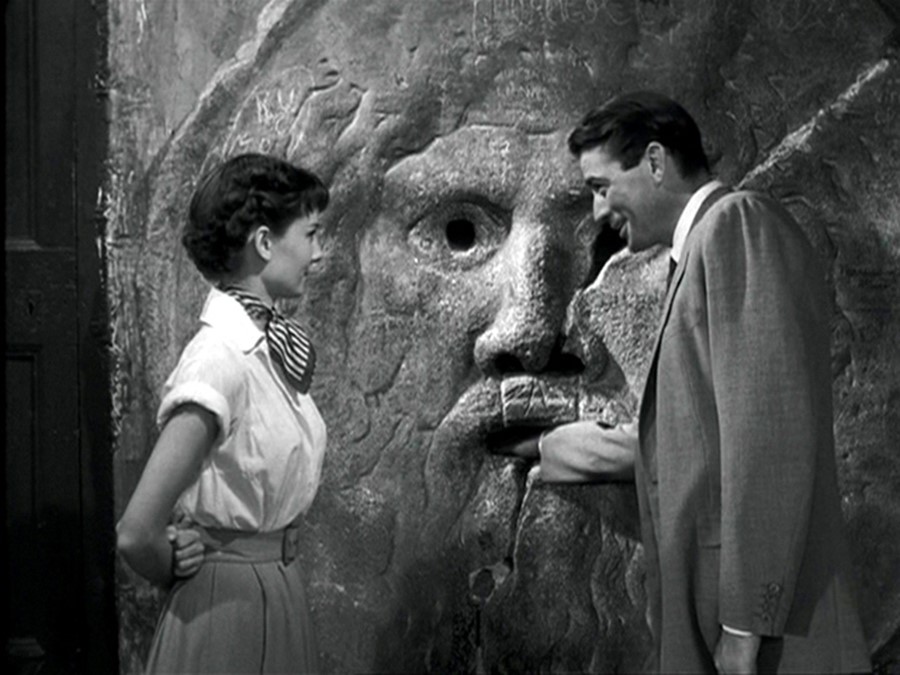As Paris' famed lovers' hotspot Pont des Arts partially collapses under the weight of its love locks, we pick our top five customs and superstitions worldwide
Last Sunday the Pont des Arts, Paris' famed footbridge, partially collapsed under the weight of its so called "love locks" – padlocks attached to the bridge's railings by love struck couples, who then toss the key into the Seine as a sign of their eternal devotion. The tradition began in 2008 and while authorities had been warning of the potential hazard since 2010, but their complaints fell on largely deaf ears. Sunday's event however – which saw a 2.4-metre section of railing give way, causing police to evacuate the bridge – will shed renewed light on the potential cost of such traditions if not carefully monitored.
There are hundreds of tourist customs and superstitions associated with monuments worldwide – some ancient, others more recent – and of course their legacy is happily fostered by those who can exploit their money-making potential. Here we have picked our favourites of these ranging from rubbing the right breast of a statue to being dangled upside-down to kiss a stone.
1. Bocca della Verita, Rome
In the portico of the Basilica of Santa Maria in Cosmedin, Rome, stands a circular marble sculpture of a large face with an open mouth, know as la Bocca della Verità ("mouth of truth"). According to superstition the sculpture is a form of polygraph test dating back to Roman times. Today, tourists line up to place their hand in its mouth and make a statement. If your words are true, you will be able to pull your hand out unscathed, but should you tell a lie, the mouth will supposedly snap shut and bite your hand off. La Bocca della Verità features in the wonderful Roman Holiday, starring Audrey Hepburn and Gregory Peck – the latter tricking the former into thinking his hand has been bitten off.
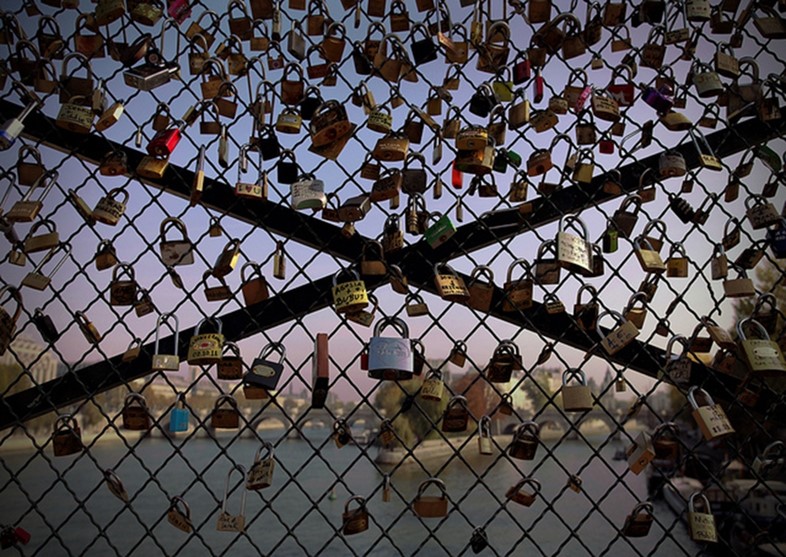
2. Love Locks
The history of love padlocks can be traced back to Serbia and a melancholy World War I tale. The story goes that a local schoolmistress named Nada, from the Serbian spa town of Vrnjačka Banja, fell in love with an officer named Relja and the pair became engaged. Shortly afterwards however, Relja was sent off to fight in Greece where he fell for another woman, consequently breaking off his engagement to Nada. Nada never recovered from the devastating blow, and eventually died of a broken heart. Thus it became tradition for the young girls of Vrnjačka Banja to write down their names and those of their loved ones on padlocks and affix them to the railings of the bridge where Nada and Relja used to meet in the hope of protecting their own loves. That bridge, Most Ljubavi ("Bridge of Love"), remains a love lock site to this day, while in the early 2000s more love locks started springing up worldwide (from the Pont des Arts to the N Seoul Tower to the purpose-built iron trees on a bridge across the Vodootvodny Canal in Moscow).
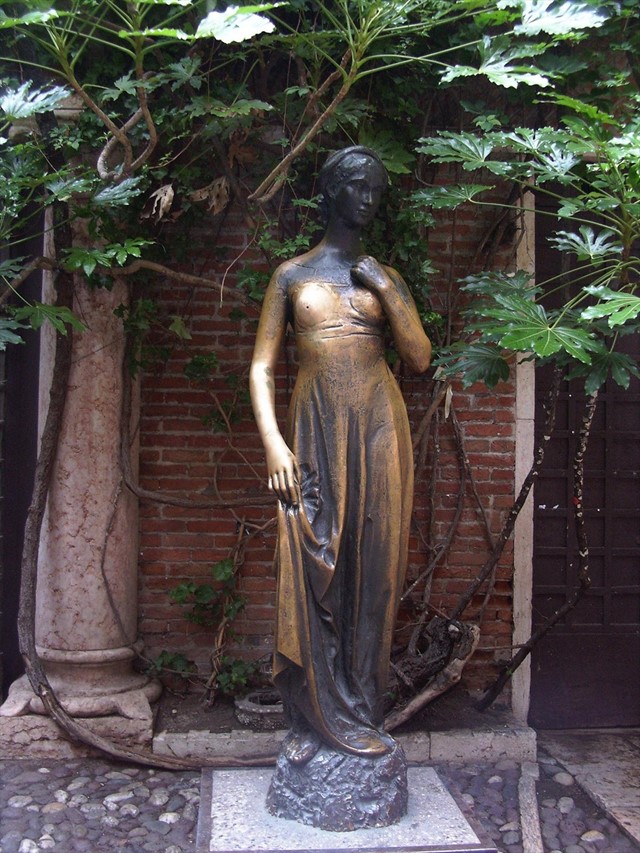
3. Love Letters to Juliet, Verona
Those who have visited Verona will know of the Capulet house, overlooking a small courtyard and complete with balcony, where Shakespeare's tragic heroine Juliet is said to have resided. The site has now become a shrine to true love and home to two unusual traditions. The first is said to bring luck to those previously unfortunate in love and involves rubbing the right breast of a bronze statue of Juliet. The second involves writing messages to Juliet and sticking them to the walls with gum. However in late 2012, concerns about defacement of the historic city centre mounted and a fine of up to $600 was imposed to deter vandals. A shame, but at least the boob rubbing is still an option.
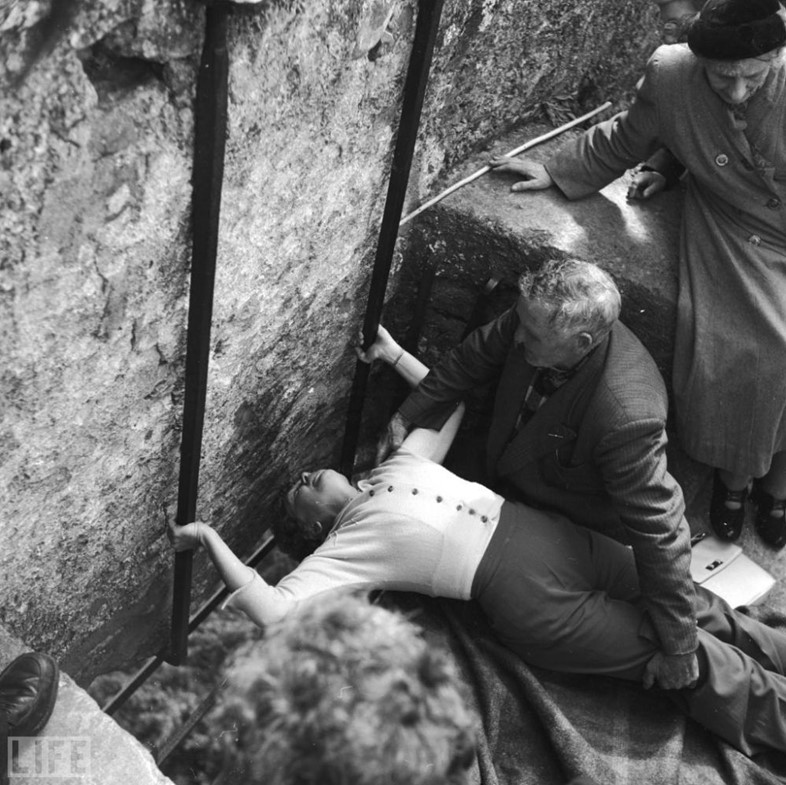
4. Kissing the Blarney Stone, Ireland
The Blarney Stone is a block of carboniferous limestone built into the battlements of Blarney Castle and legend has it that those who kiss the stone will be endowed with the the gift of the gab, thereafter mastering both eloquence and flattery within their speech. Various tales account for its provenance but one of the most popular early accounts decribes Cormac MacCarthy, the man who built the castle, being involved in a lawsuit and appealing to the goddess Clíodhna for assistance. She told MacCarthy to kiss the first stone he found in the morning on his way to court, and he did so, thereafter pleading his case with great eloquence and winning. MacCarthy then incorporated it into the castle's parapet, but not in an easily accessible place. Those visitors to the castle on the quest for eloquence have to dangle upside-down, assisted by a member of the castle staff, in order to reach the stone and kiss it.
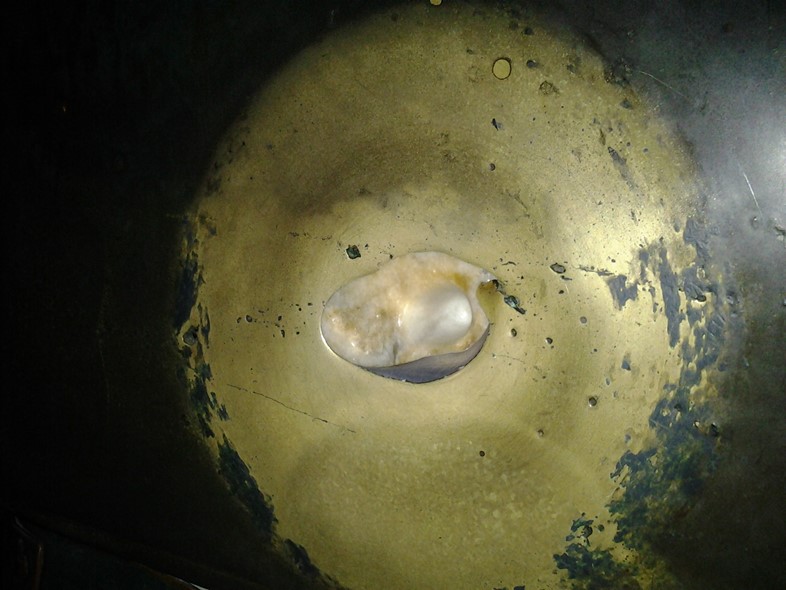
5. The Weeping Column at the Hagia Sophia, Istanbul
Istanbul's celebrated Byzantine church-turned-mosque-turned-museum is, among many other things, home to a bronze-plated column with a smooth, thumb-deep hole at about eye level. The column is said to weep holy water capable of curing everything from blindness to infertility. Apparently this was first noted when Emperor Justinian was cured of a persistent headache after touching it. To this day, crowds of visitors queue up for the chance to rotate their thumbs clockwise in a full circle inside the hole and if it comes out moist from condensation, it is believed they will enjoy wonderful health. Others believe it also grants wishes.
